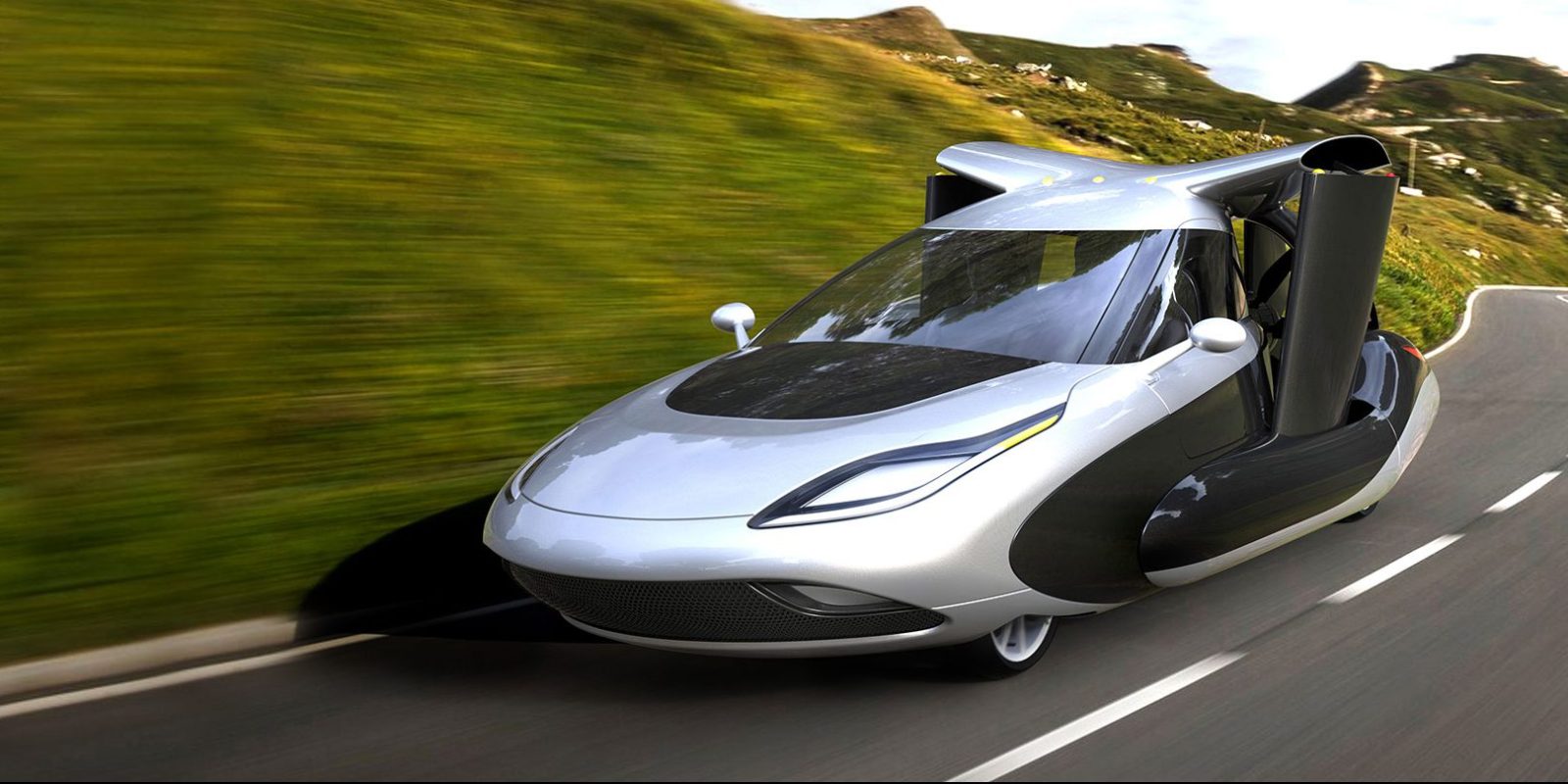
Japan is making a push to develop flying cars by enlisting companies like Uber Technologies Inc., and Boeing Co. This is part of a government-led initiative to bring airborne vehicles to Japan in the next decade. This group will initially be comprised of 21 businesses and organizations, including Airbus SE, NEC Corp., a Toyota Motor Corp-backed startup, called Cartivator, ANA Holdings Inc., Japan Airlines Co., and Yamato Holdings Co. That’s a lot of organizations, and a ton of possible tech power going into this initiative. Delegates from these organizations will meet this week to help come up with a roadmap for the next year. Of course, the Japanese government will provide appropriate support in order to help bring this initiative come to fruition.
When I think about flying cars, of course, I think of things like Star Wars, Star Trek, and even the Jetsons. So what will this look like exactly? As I’ve said in other posts, getting to the point where we have flying car technology is great, but we won’t be able to use it unless we have the proper infrastructure. Startups around the world are pursuing small aircraft technology, which is still kind of in the realm of science fiction. With Japanese companies already trailing their global peers in electric vehicles and self-driving cars, the government is showing urgency on the aircraft technology, stepping in to facilitate legislation and infrastructure to help gain leadership.
Of course, the technology will need to get approvals from several regulators and that could take years. On top of that, but there is going to need to be a ton of safety standards. Which, of course, have to be set by industry agencies. And without those, we won’t even get close to having a flying car. But that’s all interesting, isn’t it? In order to “approve” the technology, we need to build it. But in order to build it, we also need to have a comprehensive plan in place that would allow us to use it. It’s not like the development of the car as technology. Roads existed before cars in order to transport people and goods by using animals.
But in the case of flying cars, what infrastructure is necessary? And does it already exist? I’m going to say no. Where will the flying cars be “parked”? How do we navigate around skyscrapers? How does this fit in with other aviation technology? There are so many questions that I think need to be sorted out, and it feels like the industry is stalled. Sure, they can make the technology, but what then?
Uber will invest a total of $23 million over the next five years to develop flying car services, in a new facility in Paris. Their goal of starting commercial operations of their air-taxi business is 2023. Kitty Hawk, the Mountain View, California-based startup offered us a look at an aircraft prototype for a single person recreational vehicle. Again – this is all great news and I’m happy to see this kind of development, but we also need people working with local and state governments to get approvals to test out some new infrastructure. When will that happen?

[…] post With Flying Car Technology So Close – Why Are We Still So Far Away? appeared first on Saintel […]